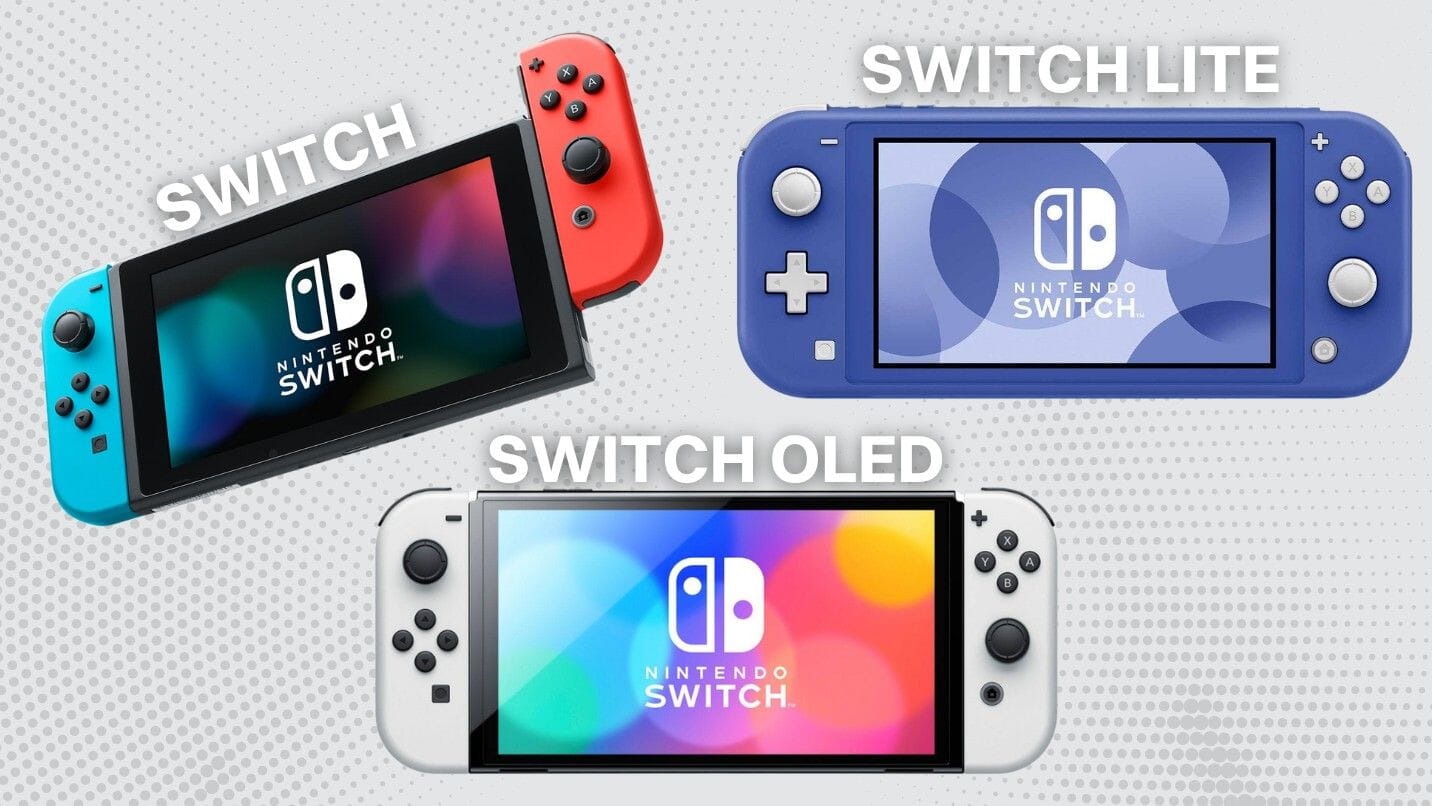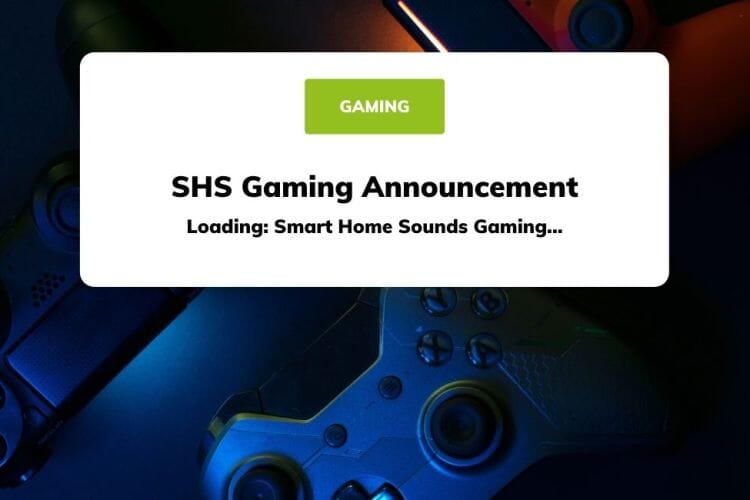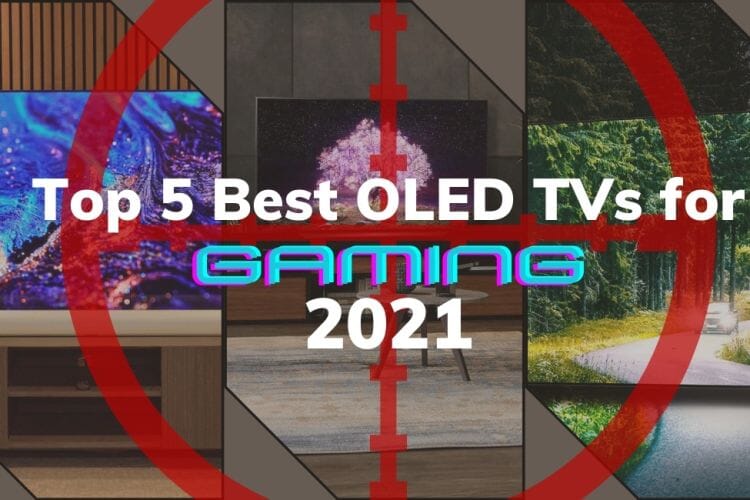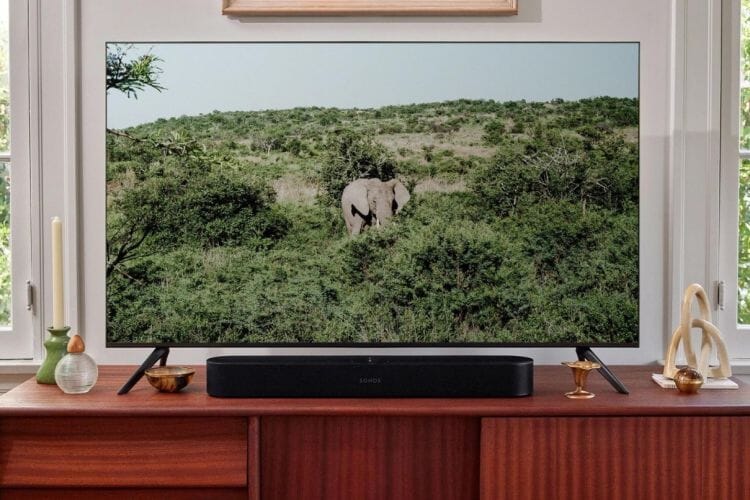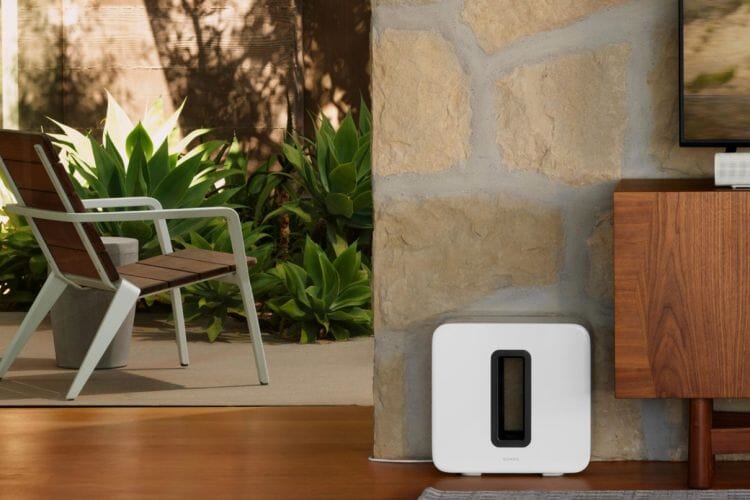Check out the key differences between the Nintendo Switch, Switch OLED and Switch Lite
Taking the gaming world by storm since its initial release back in 2017, it’s hard to find fault in the original Nintendo Switch (RRP. £259). Nintendo has, however, expanded their Switch range to include the Nintendo Switch Lite (RRP. £199) and the brand-new Nintendo Switch OLED (RRP. £309.99). Both of these products fulfil different purposes for the consumer, with the Switch Lite acting as a cheaper, handheld-only alternative to the original Switch and the Switch OLED elevating the spec of the original console with a larger, better screen and increased base storage.
Read on to find out more about the differences between these three consoles, and how to make the best purchase decision depending on how you game.
Article Breakdown:
- Nintendo Switch
- Nintendo Switch Lite
- Nintendo Switch OLED
- What features have stayed the same?
- Best for Online Gaming
- Best for picture quality
- Best for taking on the go
- Best for connecting to a TV
- Best Value
Nintendo Switch
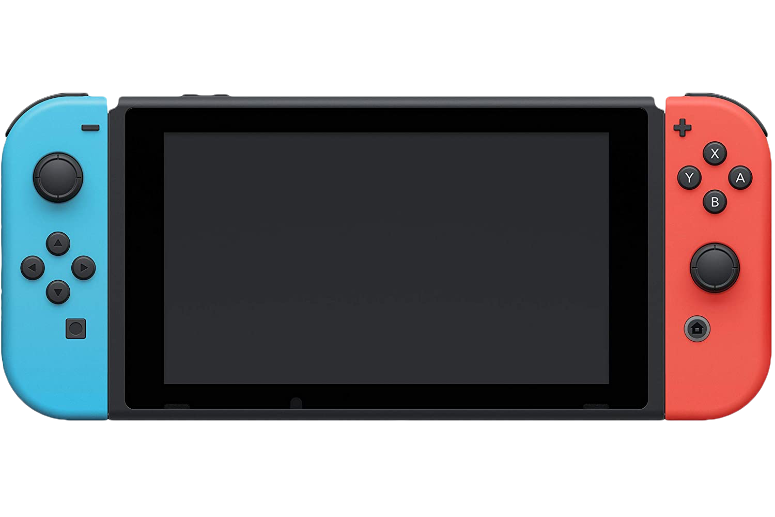 |
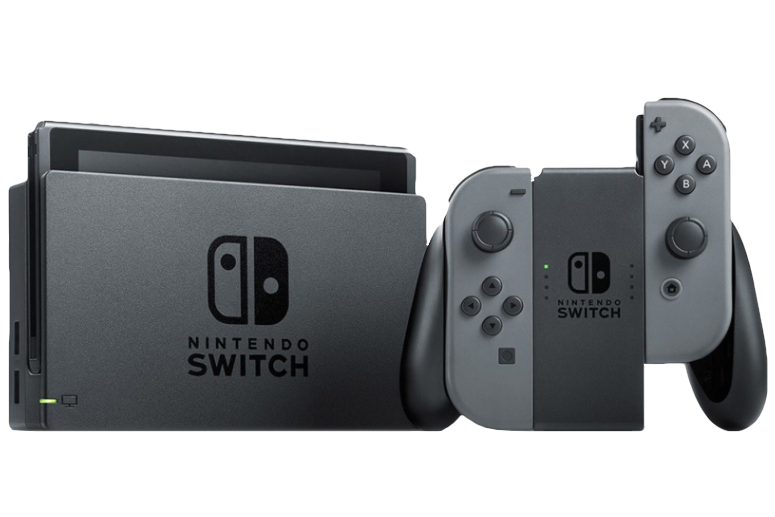 |
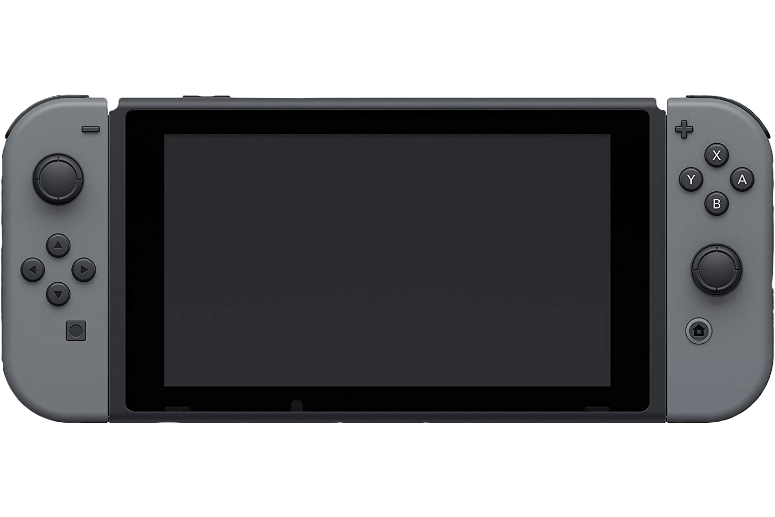 |
||
Switch Lowdown:
|
The original iteration of the beloved console offers a mix of handheld and on TV multiplayer. Two Joy-Con controllers can be detached for both multiplayer play and control when connected to a TV. The necessary TV connection dock is supplied. | |||
Nintendo Switch Lite
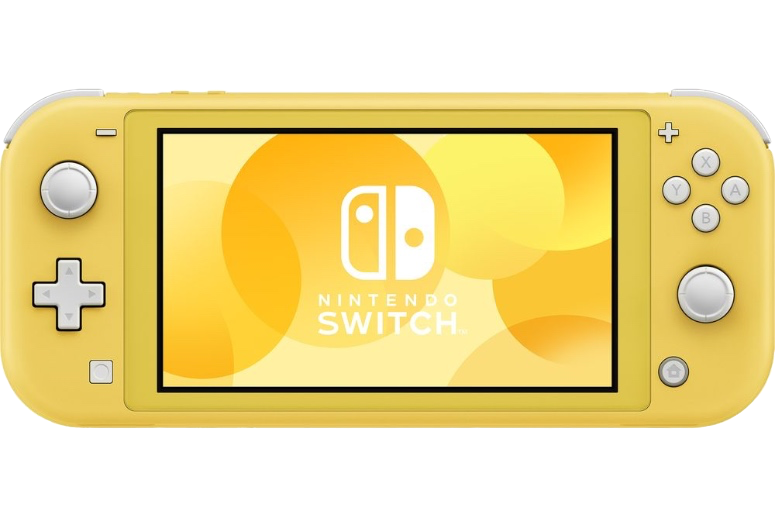 |
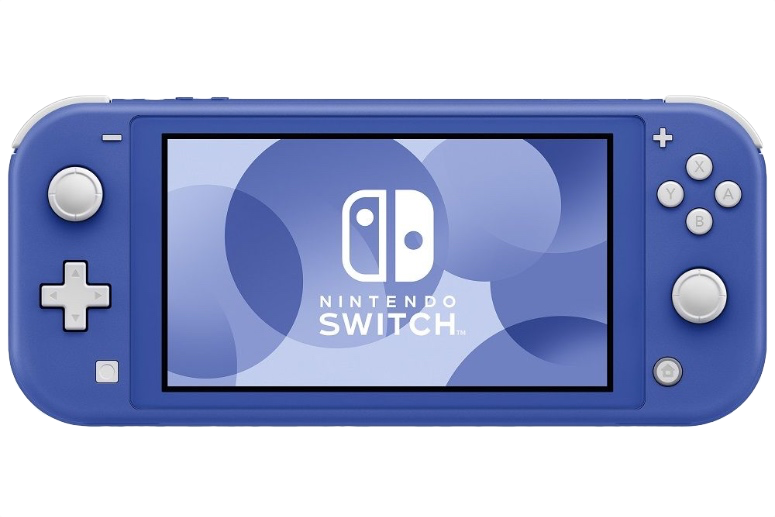 |
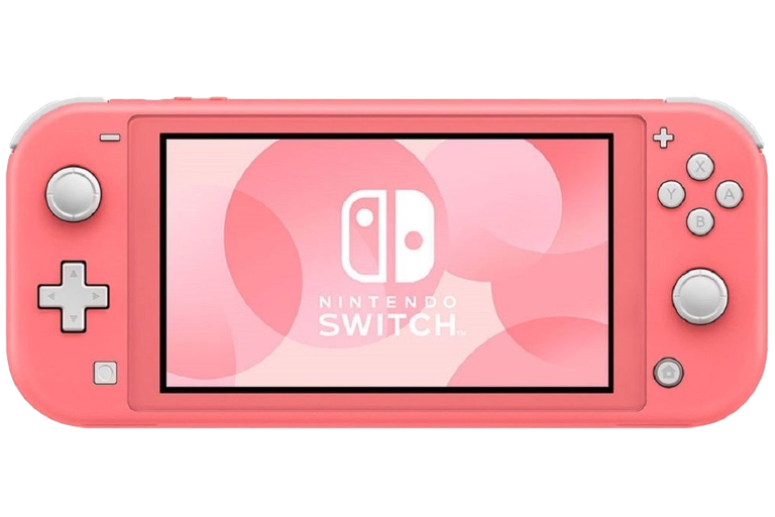 |
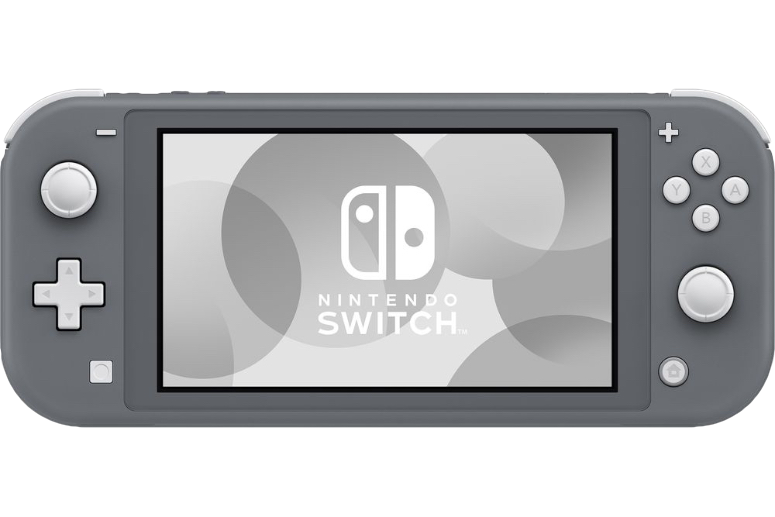 |
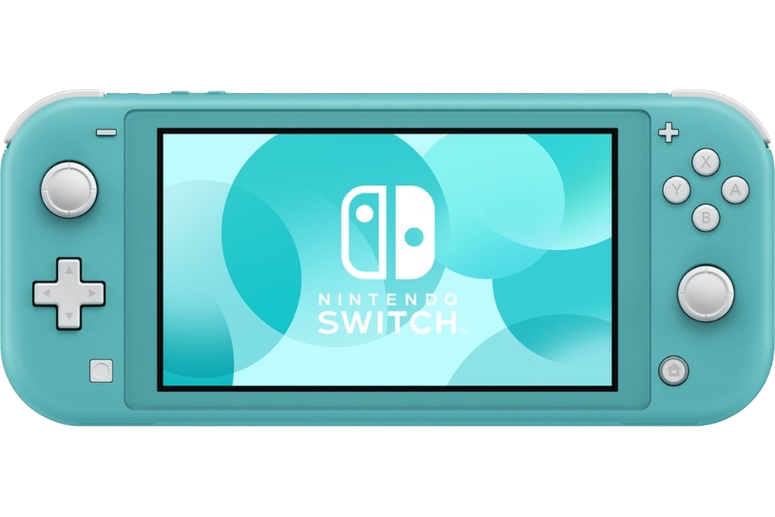 |
Switch Lowdown:
|
Introduced in 2019, the Nintendo Switch Lite offers a smaller, lower-cost alternative to the Switch. The Lite has been built for handheld mode only, with no inbuilt Joy-Con controllers or TV connection compatibility. | |||
Nintendo Switch OLED
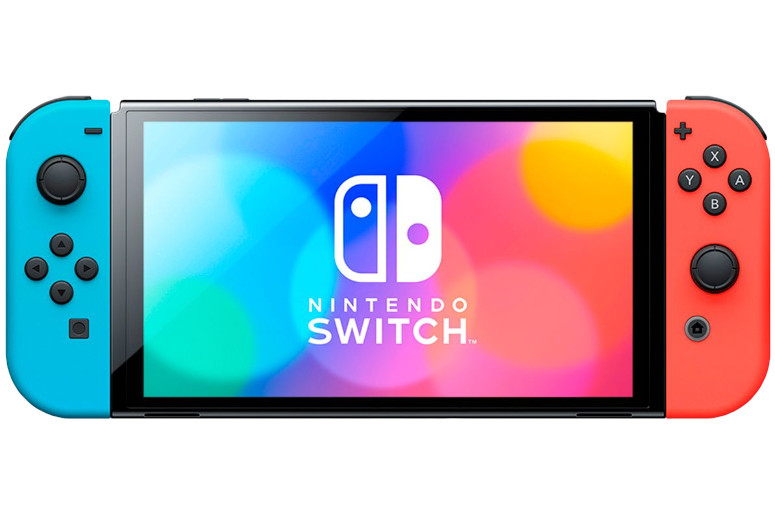 |
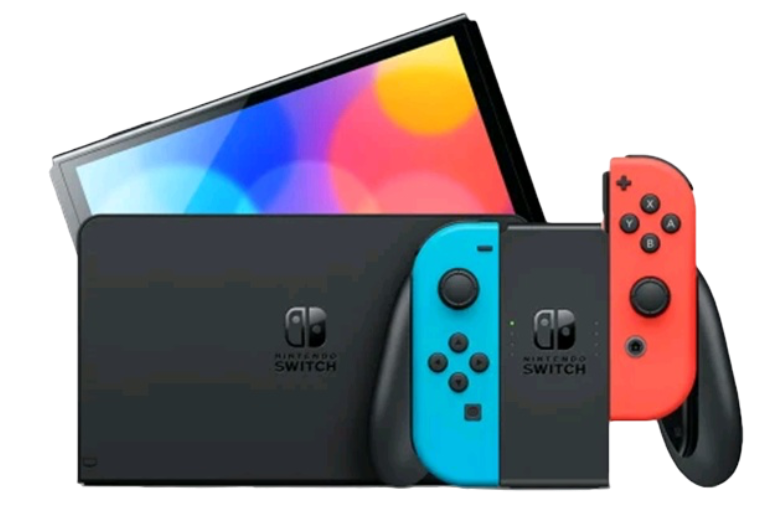 |
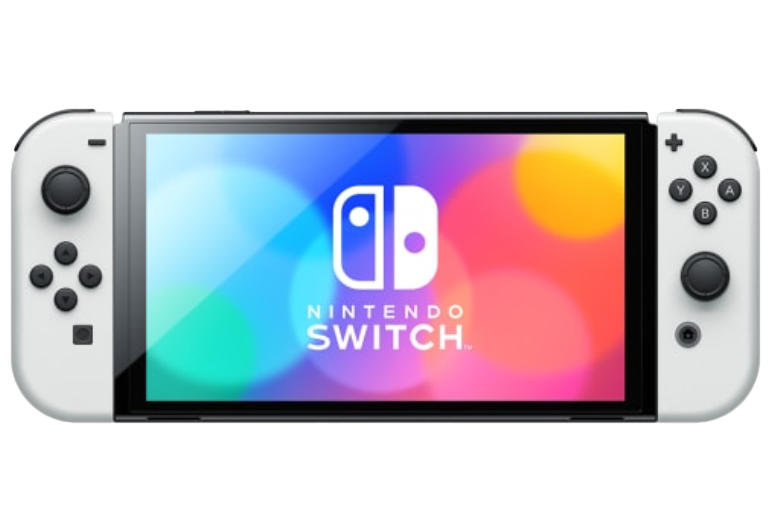 |
||
Switch Lowdown:
|
New for 2021, the Nintendo Switch OLED has, you guessed it, an OLED screen capable of darker blacks and higher levels of contrast. The screen size has been increased to 7" along with other new features like double the base storage (64GB) and a LAN connection on the TV dock. | |||
How does the Switch OLED screen work?OLED screens couple each pixel with their own dedicated LED light source. Unlike standard LED or LCD screens, the light behind each pixel can be turned on or off directly to produce true blacks and brighter brights across the board. This will unlock greater clarity and detail as everything is contrasted exactly as the content creator intended. Elements in the game will appear to pop off the screen and every graphic will be displayed with greater realism and impact. The Switch OLED screen is 7" in size, making it larger than that of the original Nintendo Switch. This screen size increase hasn't resulted in the console being made bigger. |
What Features have stayed the same?
It's worth noting, especially if the possibility of upgrading is on your mind, what features are the same between the three consoles. We've broken down our top features that have been carried across all three iterations of the console:
| ✓ All Nintendo Switch Games, both digital downloads and physical cartridges are cross-compatible across the full Nintendo Switch range.
✓ Local and online Multiplayer games can also be played across the different Switch variations, which is good to know if your friend has a different model to you. ✓ Original Joy-Con controllers will work across the Switch Range. Even if you have a Switch Lite that doesn’t have the Joy-Con controllers built-in, you can purchase a pair for use with the Lite for multiplayer gaming. The Switch Lite isn't compatible with a TV. ✓ All three consoles use the NVIDIA Custom Tegra processor and have the same 4GB RAM, so offer the same level of power across the board. |
Best for Online Gaming: Nintendo Switch OLED
If you purchase the majority of your Switch games online, you'll benefit from the 64GB of internal base storage in the Nintendo Switch OLED. This is double that of the original Switch, allowing you to store more game content than ever before on a Switch console.
The merits of using the Switch OLED for online gaming are increased if using the product with your TV. The newly designed TV docking station now features a LAN connection point, meaning you can run an ethernet cable directly from the dock to your wifi router for uninterrupted, online gameplay.
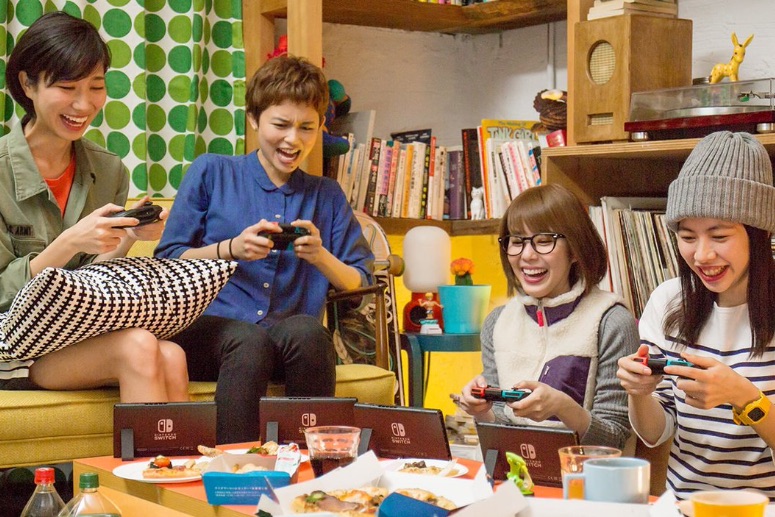 |
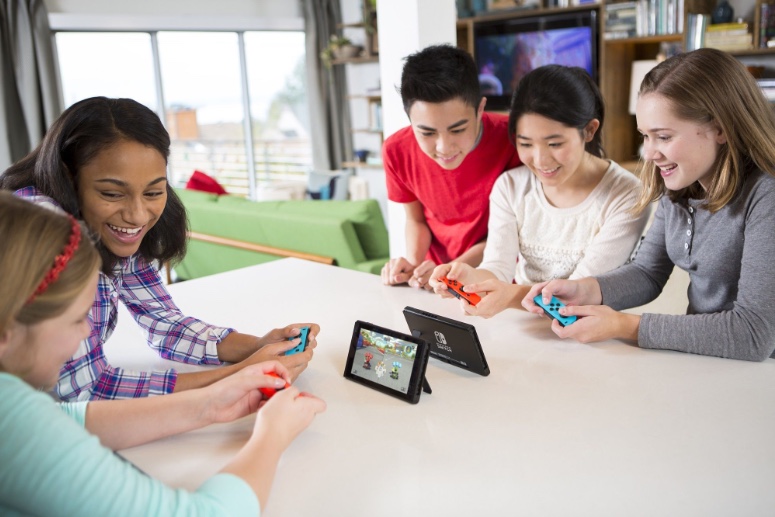 |
Best for Picture Quality: Nintendo Switch OLED
This probably goes without saying, but the Switch OLED's OLED screen will outperform the LCD screen favoured in the Switch and Switch Lite. OLED screens combine each pixel with their own individual LED, meaning the screen can achieve darker blacks and brighter brights by turning each individual LED on and off when required. This deeper contrast between dark and light will offer better detail and allow you to experience everything you play with more vivid imagery.
The screen is also larger at 7" without the console actually having been made bigger, meaning you'll see even more without adding bulk or weight to the console.
Does the Nintendo Switch OLED suffer from burn-in?Traditionally, one of the only limitations to OLED screens has been the possibility of burn-in when graphics are on the screen for an extended period. Think of the channel logo in the top corner of a TV screen or the control panel on a computer, these permanent or semi-permanent graphics have the power to cause screen burn-in, meaning you're able to see the 'ghost' of this part of the image even if the channel or picture has been changed. So will this affect the Switch OLED? Probably only in two scenarios. If you extensively play one game, particularly a retro title that has static UI elements, or you exclusively play in handheld mode for multiple hours over many years you may suffer from screen burn-in after a long period of time, but we don’t envision this being an issue for the majority of users. |
Best for Taking on the Go: Nintendo Switch Lite
Both the Nintendo Switch and Switch OLED are designed to be taken away with you, with their detachable Joy-Con controllers making them the perfect choice for both individual and multiplayer gaming. If you're just looking for a solution to take away with you, however, the Nintendo Switch Lite is a brilliant option. At under 300g and 198mm in length, it's easy to tuck the Switch Lite away in a bag or pocket for a lengthy commute or plane journey. If you have kids, it's the perfect travel companion to keep them entertained for however long you're on the road.
Best for Connecting to a TV: Nintendo Switch or Nintendo Switch OLED
The Switch Lite is limited to handheld or multiplayer play on the console only, as it doesn't have the internal software to support a connection to a TV. Both the Switch and Switch OLED come equipped with a TV connection dock and a pair of detachable Joy-Con controllers allowing you to play along with a friend. Both will stream 1080p when connected to the TV and allow for the addition of extra Joy-Con controllers if playing with a larger group.
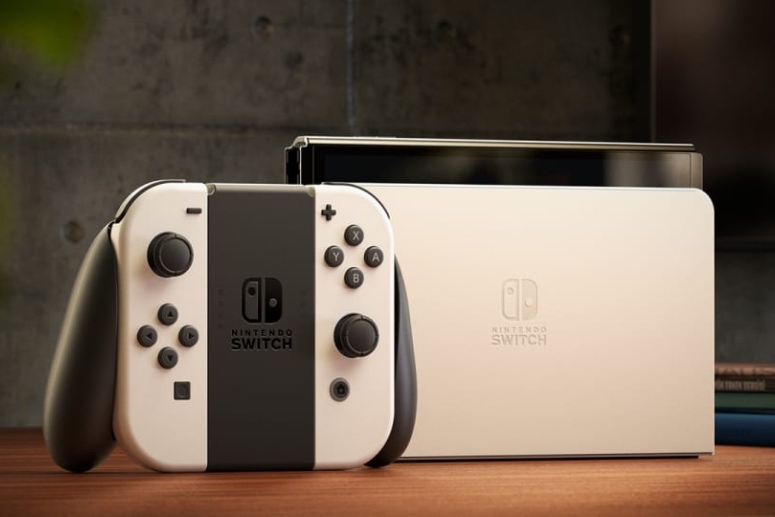 |
 |
Best Value: Nintendo Switch
All three Nintendo consoles have their own merits, but we feel the original Nintendo Switch offers the best value for money. At just £60 more than the Switch Lite, you get the benefit of multiplayer or TV play along with neat portability when out and about. One of the things that made the original Switch so special was its 2-in-1 multiplayer and individual play design, and we think it's well worth the money.
If you're an avid gamer and are really into retro and enhanced titles such as Mortal Kombat 11 or Zelda Breath of the Wild, you might want to opt for the Switch OLED but for most customers, the original Switch will more than fit the bill.
Should I upgrade from the Nintendo Switch to the Switch OLED?This will entirely depend on each customer and each decision should be based largely on how you use the Switch currently. If you favour group gameplay utilising the TV connection dock, you likely won’t benefit too much from the increased size and better screen quality as this is irrelevant when played on the TV. If you play handheld mode most often and are interested in getting the very best picture for the latest game releases such as Metroid Dread, you’ll likely find merit in the upgrade. Similarly, if you tend to download the majority of your Switch games from the online store you’ll benefit from the increased 64GB internal storage that has been built into the Switch OLED. |
Our Final Thoughts:
We think all three Switch consoles have their own merits, so it's probably best to figure out which console to opt for based on your own habits. If it was the TV connection that drew you to the Switch range, definitely stick to either the Nintendo Switch or Switch OLED. Similarly, if graphics and avid gaming is particularly important to you the Switch OLED is most likely your best choice.
If you did have any unanswered questions about the Nintendo Switch range or any of the other products we sell, please feel free to reach out to one of our friendly customer service advisors via any of the below channels:
 |
info@smarthomesounds.co.uk |
 |
Live Chat on our Website |
| 0800 677 1100 |


